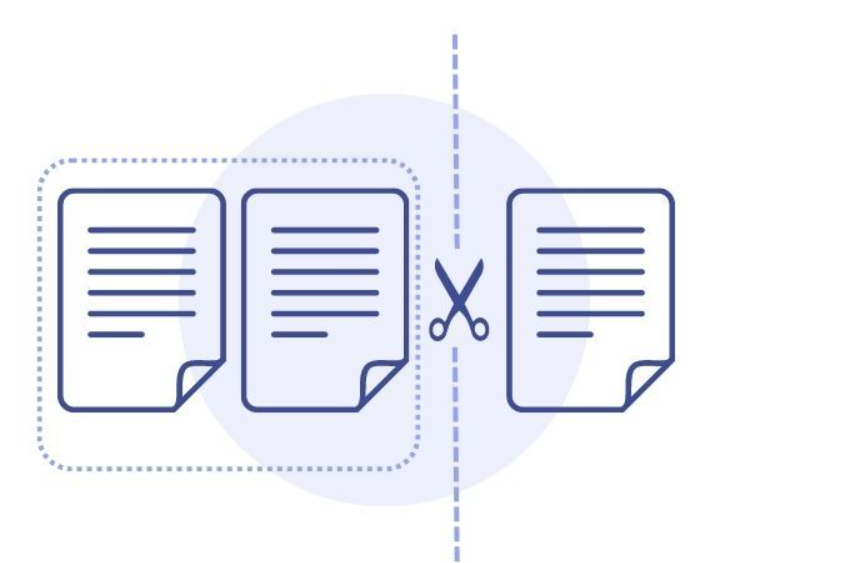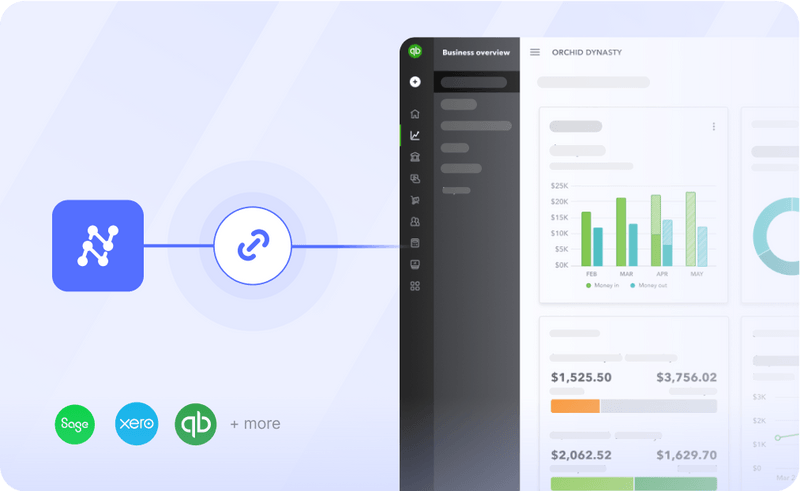A requisition is a formal request for goods or services that are going to be used internally. Every business should use a requisition before making a purchase order

Everyone’s job requires certain goods or services to be successful. Teachers need school supplies, mechanics need car parts, and restaurant managers need to get proper uniforms for their teams. Securing these items happens on a regular basis as part of the procurement process, but to ensure a paper trail exists from start to finish, the first step these professionals will take is to submit a requisition order to be approved internally.
A requisition for goods serves a vital role in the Procure-to-Pay (P2P) Process, but on an even more practical level, it creates a system of checks and balances when employees need to make a purchase. We’ll talk more about the requisition process in purchasing as this article goes on, but business leaders must monitor the funds being spent within their departments, and a requisition order form makes it easier to track and anticipate upcoming spend.
What is a Requisition Order?
Every business should be using a requisition for goods or services before making a purchase order. By definition, a requisition is a formal request for goods or services that are going to be used internally. The requisition process, as a whole, allows leadership to monitor the needs of their employees, have a better understanding of cash flow, and double-check that what is being ordered is a necessary purchase.
A requisition request form may or may not require signed approval by the manager of the person ordering depending on the amount requested. If it’s a small purchase of office supplies for less than $200, the internal policy will likely allow the purchaser to forego getting the requisition request signed by the designated approver. However, if it’s for a larger purchase totaling $6,000, most businesses will require an approver’s signature, and some may even require two approvers to sign off before a purchase order can be created.
All requisition orders will use standardized formats to make auditing seamless and enable automation capabilities within the process. Although a requisition for goods may look slightly different depending on the business and the industry, requisition forms should include the following information:
· Department or person making the request
· The address and contact information of the purchasing entity (business)
· Detailed quantity breakdown of each item
· Item descriptions
· The address and contact information of the external supplier (business)
· Total anticipated price of the requisition order
· Estimated delivery date of goods or services
Requisitions utilize a standard format within every organization. One company’s requisition order form will look different than another company’s requisitions, but internally, each company will require that all requisition orders be standardized. The standardization of these forms creates an additional layer of security by making sure that all critical information is submitted with each requisition for goods. Additionally, standardization enables downstream automation in software solutions like an electronic procurement system or an automated AP platform.
A typical requisition order may look something like this:
When is a Requisition Form Used?
The requisition process becomes clear when looking at a simple example. Let’s say Tanya, who is the manager of 10 people on a sales team, wants to invest in her team’s ability to work together and do their job. She heard about a training company that conducts employee assessments to find out how each person works, brings the team together to review individual working styles, and constructs different workshops to help each member of the team figure out how to work with and support the rest of their team. Tanya really wants her team to undergo this training, but of course, there is a cost associated with it.
To get approval, Tanya needs to kickstart the requisition process in purchasing. She gathers the information of the business she wants to purchase from, looks at their website to find the package she will need for her team of 10, and fills out a requisition order. On the order requisition, Tanya includes all critical information and sends it to the director of her department for approval.
The director loves the idea and quickly approves the requisition order, but then he takes things a step further. He sends an email to the other sales managers in the company and shares the training idea with them. Once Tanya gets the approved requisition request back, she works with the procurement team to initiate the procurement process.
The Difference between a Purchase Order & a Requisition Order
Purchase orders and requisition orders may seem interchangeable at first, but they actually serve very different purposes. An order requisition is an internal document that is used to request goods or services needed to successfully complete a job. It helps a company manage its cash flow, creates a system of checks and balances within the organization, and is the first component of the expense audit trail. After a requisition order is made and approved, a purchase order can be created.
A purchase order is an external document that a purchasing entity sends to a vendor or supplier. It is legally binding once both parties have agreed, and it puts the procurement process into motion. Whether your business relies on blanket POs or another type, the binding nature of POs doesn’t change. It details the items needed, along with the quantity, agreed-upon price, and delivery date. In Tanya’s case, no one from the training firm would see the requisition order; the first form they would get from her company is the purchase order.
After the purchase order has been finalized, goods can be sent, an invoice – preferably an e-invoice – will be created, and the accounts payable team will submit the payment associated with the purchase.
How Does the Requisition Process Work?
A requisition in accounting can almost be thought of as a pre-purchase due diligence process. Without it, employees could be making unauthorized purchases, threatening the health of cash flow, and buying items that aren’t truly needed. The requisition process comes with multiple benefits, but to recognize those benefits, it’s important that the process is clear and standardized. Here’s what the requisition process looks like step-by-step:
1. Buyer identifies a need for goods or services
If a teacher is low on dry-erase markers or an accountant needs a new software solution to do their job, they’ll make note of what they need and decide to initiate a requisition for goods.
2. Requisition for goods – requisition order – is filled out
At this point, the accountant or teacher will need to identify a vendor and fill out a requisition form. It’s best if this is done electronically, but some organizations are still using paper forms. Electronic or not, the requisition request used should be the standard form that all internal requisition orders use.
3. Requisition order is submitted for approval
Depending on the total dollar amount listed on requisitions, the form may need an approver’s signature. With many automated AP solutions today, automating the approval process is simple. As an added bonus, when automated, the paper trail associated with the requisition process in purchasing is all in one place and easy to navigate.
4. Purchase order is created
Once the requisition for goods has been completed and approved, the form is passed onto the procurement team to get a purchase order created. Purchase orders have most of the same information listed as requisition orders, but they are then passed to the external supplier so that they can start fulfilling the order.
After these four steps, the process transitions into a procurement process. Once the goods are received, an invoice will be sent over by the supplier and the AP team will pay the invoice. Paying invoices on time is one of the best ways to foster healthy supplier relationships.
Prioritize Paperless Order Requisitions
In the same way that many steps of the accounting cycle can be entirely automated, the requisition process can be automated as well. With an automated ordering system, businesses can direct their employees to fill out a requisition form online, select the products they want, and submit the requisition request for approval. Automating this process makes it easier to track cash flow, get purchases approved more quickly, and audit expense history down the line.
Accounting automation comes with many benefits; productivity, cost savings, and data accuracy are just a few of the reasons why companies choose to go paperless. By taking the paper out of the requisition process, your employees can get the supplies they need to be successful in their jobs with ease. Even further, your accounting team can better anticipate upcoming expenses, monitor and compare supplier prices, and select pre-approved suppliers when it makes sense to do so.
Order requisitions are not going anywhere; they have proven to be an effective way to manage costs, prevent unnecessary spending, and streamline procurement management. If your organization is still using hard copy forms that need to be printed, filled out, and manually signed, then you’ll miss out on the many benefits of automating these forms and going paperless. Your employees will thank you, your accounting team will thank you, and even external auditors will be happy to review requisition forms that are housed in an automated AP solution or related accounting software.












